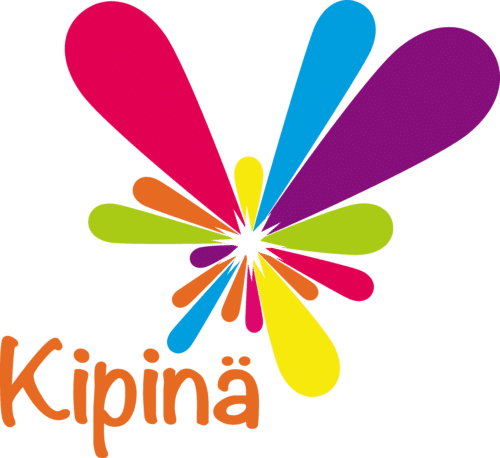Direct instruction is a teaching approach that involves explicitly teaching a specific skill or concept to students. In direct instruction, the teacher presents the information in a structured and systematic way, using clear and concise language. The goal of direct instruction is to ensure that students understand and remember the information being taught.
There are several reasons why direct instruction is important in education. First and foremost, it is an effective way to teach new information to students. Research has shown that direct instruction can lead to better learning outcomes, particularly for students who are struggling or who have special needs. This is because direct instruction provides a clear and structured approach to learning, which can make it easier for students to understand and remember new information.
Another reason why direct instruction is important is that it provides a consistent approach to teaching. In direct instruction, the teacher follows a set of steps or a lesson plan that outlines what will be taught and how it will be taught. This consistency can help students to understand what is expected of them and how to learn new information.
Direct instruction is also important because it allows teachers to assess student learning in a consistent and objective way. In direct instruction, the teacher uses specific techniques, such as questioning and feedback, to monitor student understanding and adjust the instruction as needed. This helps to ensure that students are learning and making progress.
In addition, direct instruction is important because it can support the development of other skills, such as critical thinking and problem-solving. Although direct instruction focuses on teaching specific information, it can also provide opportunities for students to apply their knowledge in new situations and to think critically about what they have learned.
Overall, direct instruction is an important approach to teaching in education. It provides a structured and systematic way to teach new information, and it can lead to better learning outcomes for students. By using direct instruction, teachers can ensure that students understand and remember what is being taught and support their overall development.
At Kipinä, we call direct instruction focused instruction. Periods of direct instruction are balanced with periods of creative exploration.
